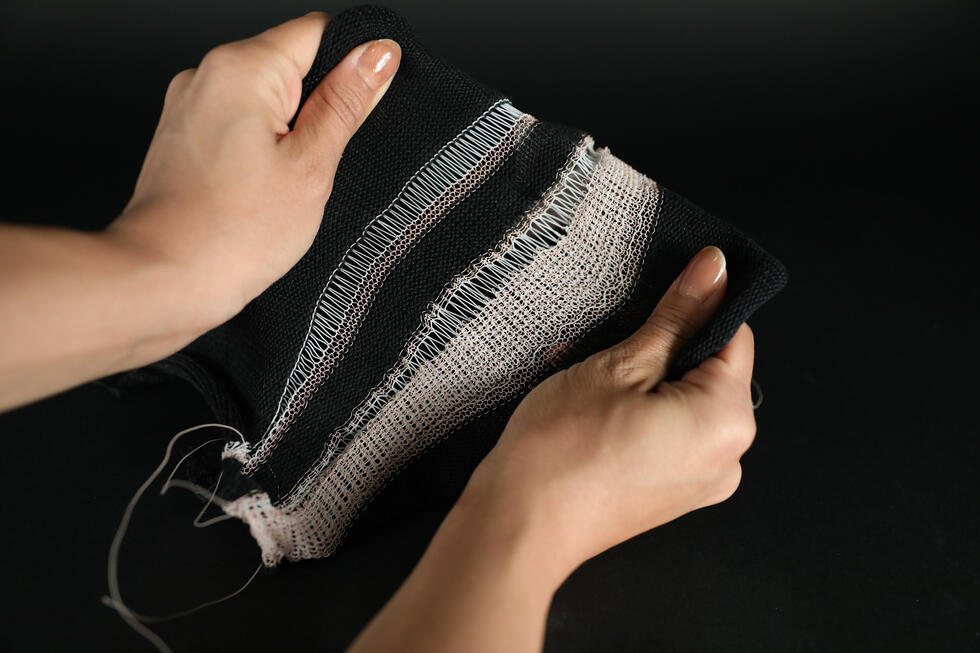SHORT NEWS
“Quick eye” improved da Vinci’s sketches and paintings
According to a Swiss study, Leonardo da Vinci had superior vision, which allowed him to observe even the individual beats of a dragonfly’s wings.

His “quick eye” also helped the universal genius when drawing and painting, explains researcher David Thaler from the University of Basel in a recently published study. Art historians had previously speculated that da Vinci might have possessed this rare visual ability.
Wingbeat of dragonflies
In his study, David Thaler points out that da Vinci, who lived from 1452 to 1519, had already documented in his drawings that the anterior and posterior wings of dragonflies move asynchronously – a discovery that could only be verified four centuries later using high-speed photography.
Thaler suspects that the Japanese painter Hokusai, whose painting “The Great Wave off Kanagawa” is world-famous, had the same ability. Hokusai also recognized the difference between the dragonfly’s wings. The gift of the “quick eye” is also attributed to various professional tennis and baseball players.
In his study, Thaler refers to what is known as the flicker fusion frequency, the frequency above which individual light stimuli are perceived as continuous light. The average human being can perceive between 20 and 40 individual stimuli per second.
The secret of da Vinci’s paintings
According to Thaler, some professional baseball players are able to distinguish the details of a baseball while it is rotating at up to 50 times per second. In order for da Vinci to have been able to see the wing movements of a dragonfly, he would have had to perceive between 50 and 100 stimuli per second.
Thaler suspects that this ability could also lie at the heart of some of the secrets of da Vinci's most famous paintings. The smile of the Mona Lisa is so enigmatic, he believes, because it captures the precise moment just before she smiles. “Leonardo’s quick eye allowed him to perceive and enshrine this moment,” Thaler explained.




















